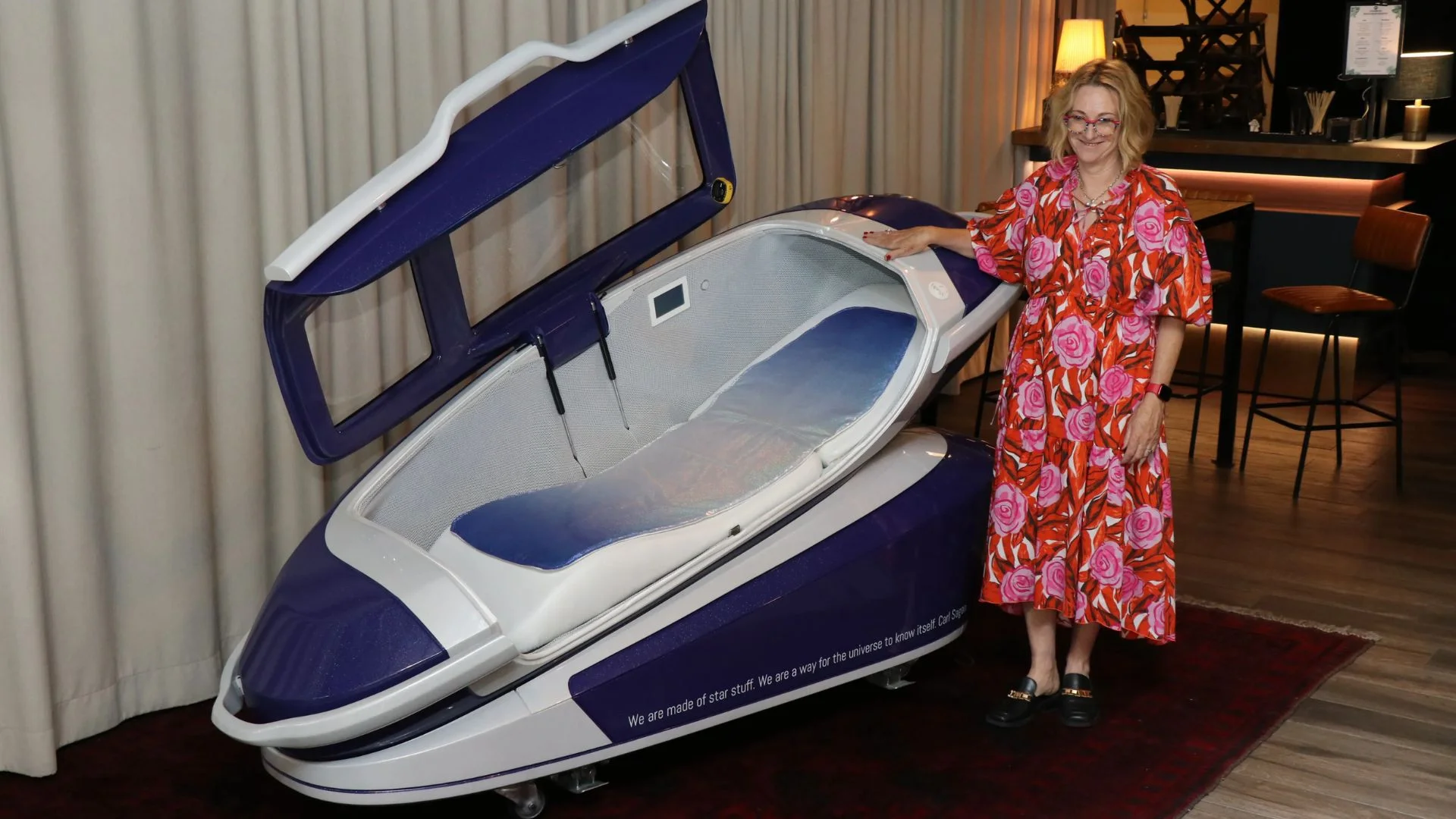Invention of the Sarco Pod
The Sarco pod, a controversial euthanasia device, has made headlines after a 64-year-old American woman used it to end her life in a Swiss forest. The device, short for “sarcophagus,” was invented in 2017 by Australian euthanasia advocate Dr. Philip Nitschke, in collaboration with Dutch industrial designer Alexander Bannink. Nitschke, often referred to as “Doctor Death,” created the pod to offer terminally ill individuals a peaceful, self-directed death. The pod’s design has sparked global debate, especially as assisted suicide is legal in Switzerland but subject to stringent regulations.
How the Pod Works
The Sarco pod allows users to administer their own euthanasia by creating an oxygen-deprived environment. The device, which can be operated via a button, voice command, or eye movement, replaces oxygen with nitrogen, causing the user to lose consciousness within minutes and die from hypoxia shortly after. Once inside the pod, users hear a voice that says, “If you want to die, press this button.” The oxygen level drops rapidly from 21% to almost zero, leading to death within ten minutes. Cameras inside the pod record the process, and footage is handed over to coroners for verification.
Controversy Surrounding the Sarco Pod
The Sarco pod has ignited widespread controversy due to its futuristic design, self-operating mechanism, and lack of medical oversight. Critics argue that the device glamorizes suicide and raises ethical concerns, especially since it does not require the supervision of healthcare professionals. In Switzerland, where euthanasia is legal, the Swiss Minister of Health, Elisabeth Baume-Schneider, stated that the use of nitrogen for euthanasia is not legally compliant. The device also failed to meet the country’s product safety standards. Advocates, however, argue that the pod provides an accessible and dignified option for those seeking euthanasia, without relying on medical drugs or doctors.
Switzerland’s Role in “Death Tourism”
Switzerland’s assisted suicide laws extend to foreign nationals, making the country a destination for those seeking a peaceful end to life. This has resulted in a rise in “death tourism,” with over 1,000 people choosing to end their lives in Switzerland through organizations such as Exit and Dignitas. These organizations, and now the Sarco pod, have prompted global debate about ethics, regulation, and the future of euthanasia. Despite the legal framework, devices like the Sarco pod, which lack medical oversight and are not fully compliant with Swiss law, continue to fuel controversy.
Arrests After First Known Use
After the American woman’s death in the pod, Swiss authorities arrested several individuals on suspicion of inciting, aiding, and abetting suicide. The woman, who had suffered from a compromised immune system, chose to die in the forest near the Swiss-German border to experience nature in her final moments. Despite the legality of assisted suicide in Switzerland, authorities warned that those responsible for operating the Sarco pod could face legal consequences, including prison time, as the pod had not been approved by Swiss regulators.
This incident marks the first known use of the Sarco pod and has further fueled the debate over the ethics and legality of the device. Dr. Nitschke remains a controversial figure, with his career often marred by clashes with authorities. Nonetheless, the pod has continued to generate global interest, with its future in Switzerland now in question.























